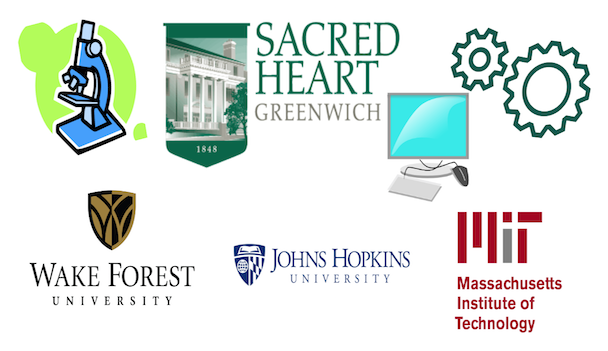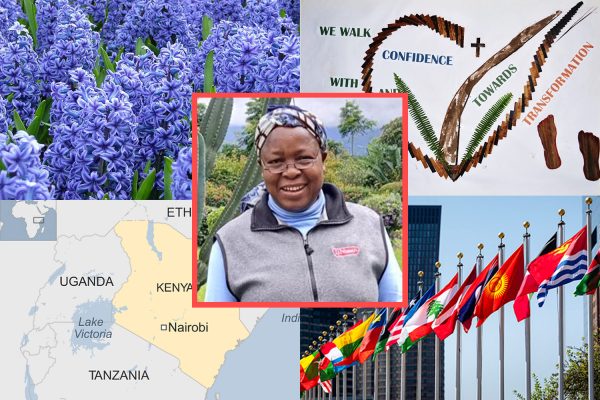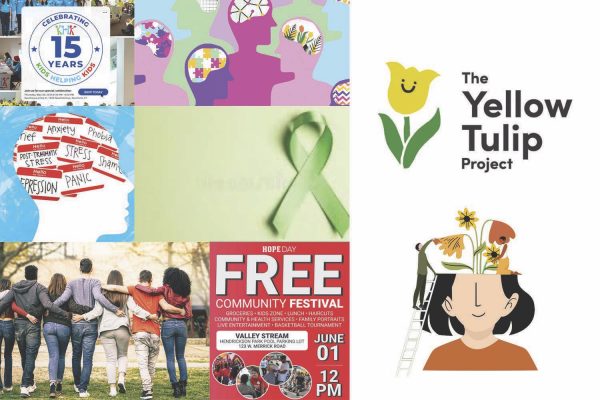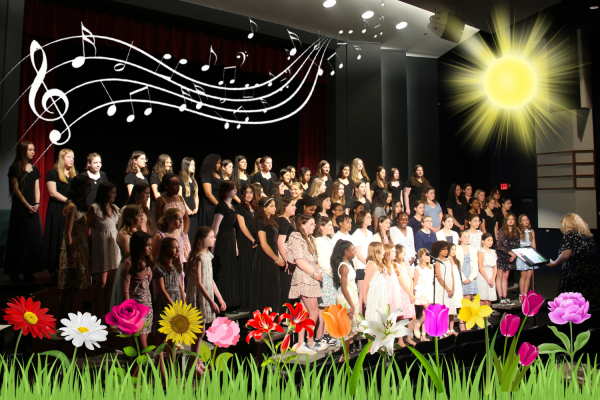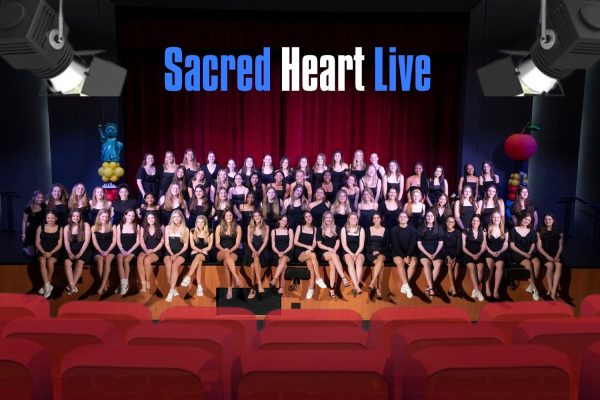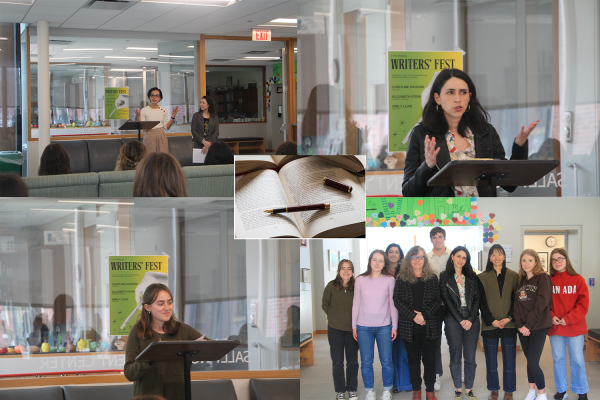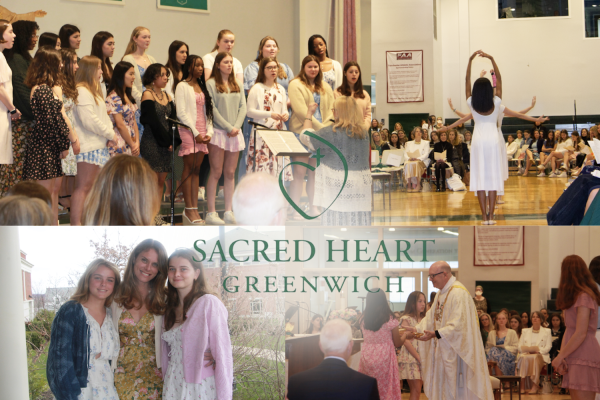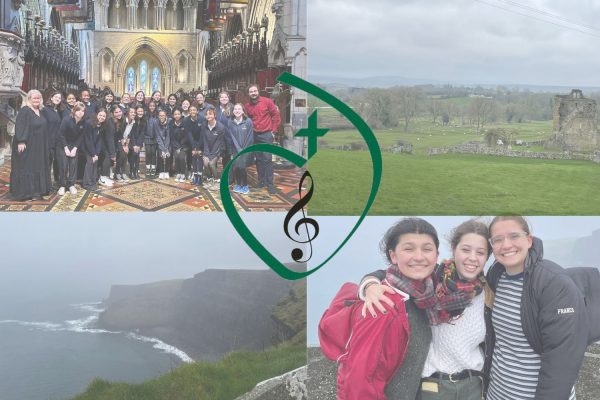Seniors strive for success in the sciences
Sacred Heart Greenwich seniors Sofia Caruso, Ciara Henry, and Pau Barbosa plan to explore further into the sciences as they leave Sacred Heart and head off to college. Sofia will be continuing her Science Research project, Ciara intends to continue studying engineering, and Pau aspires to continue computer science studies as well as engineering.
The Science Research Program at Sacred Heart is designed to provide students with an understanding of research methodology, as it focuses on laboratory and bibliographic research. In the science research courses, students are engaged in their own research and give presentations about their work in class and at local, regional, and national symposiums. A three-year commitment is required to complete the Science Research program, according to the Sacred Heart Upper School Course Guide.
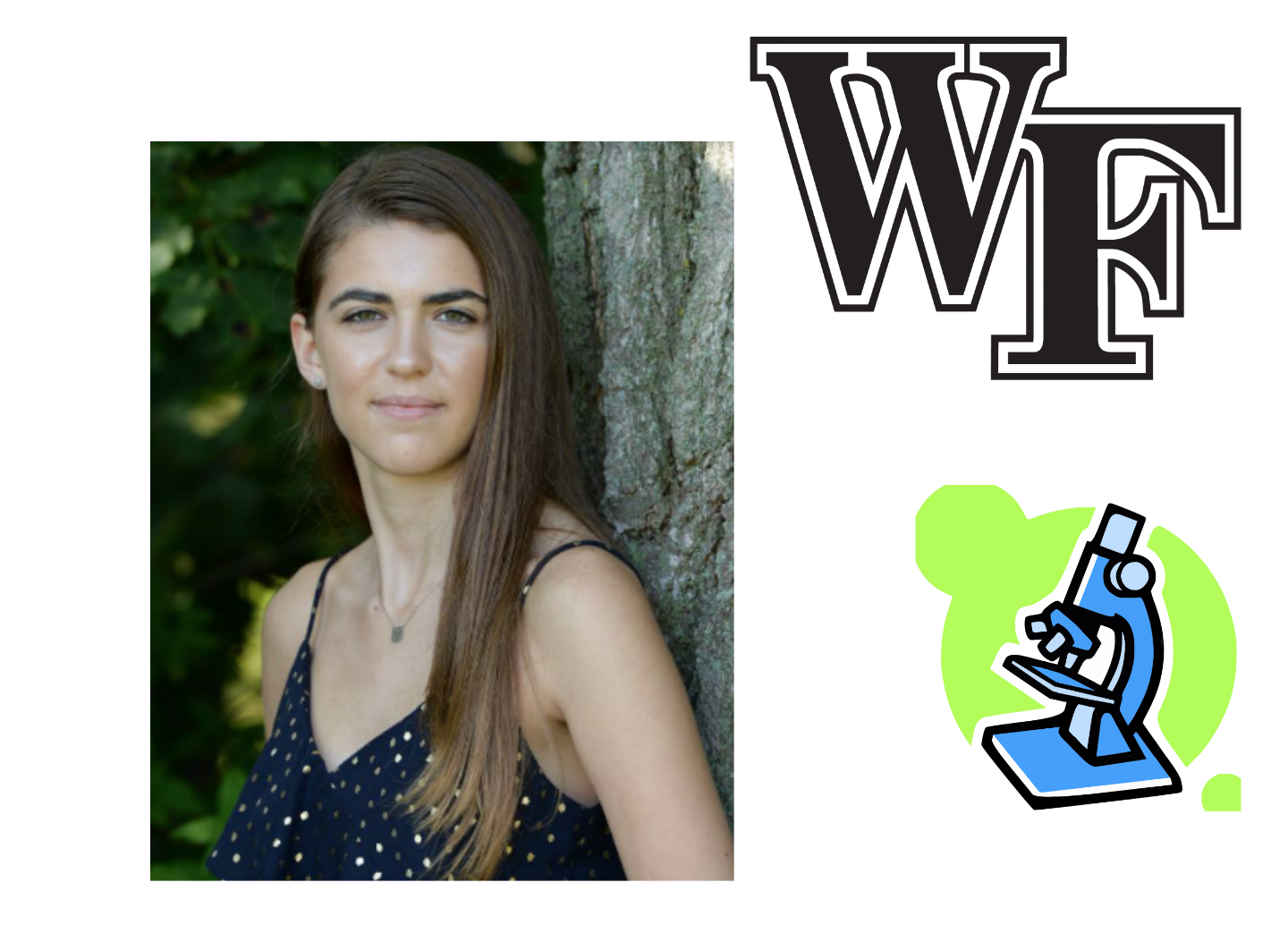
During their first year in the program, students select and research a topic of their choice. In their second year, as well as in the summer going into junior year, students perform advanced experimental research on their selected topic. During their third year, students write a paper about their topic and present their projects at science competitions. To prepare presentations, students use their laptops to communicate with mentors outside of the classroom and search for informative articles. Students then send their final research papers to the Siemens Competition and the Intel Science Talent Search, as well as other competitions, according to the Sacred Heart Upper School Course Guide.
Sofia, who will be attending Wake Forest University, has decided to continue working on her science research project that she started three years ago. For her project, Sofia searches to find how certain breast cancer cells, that spread throughout the body, are connected to the formation of tumors in the brain. She is using a process called short hairpin ribonucleic acid (shRNA), an artificial ribonucleic acid (RNA) molecule with a tight turn that can be used to silence target gene expression and stop the creation of cancerous proteins.
“Since I have been working on my project for three years now, I want to continue it to see its completion finally. Yes, the project will never truly be complete,” Sofia said. “However, I would love to see where the project continues, especially as I have become very passionate about the topic.”
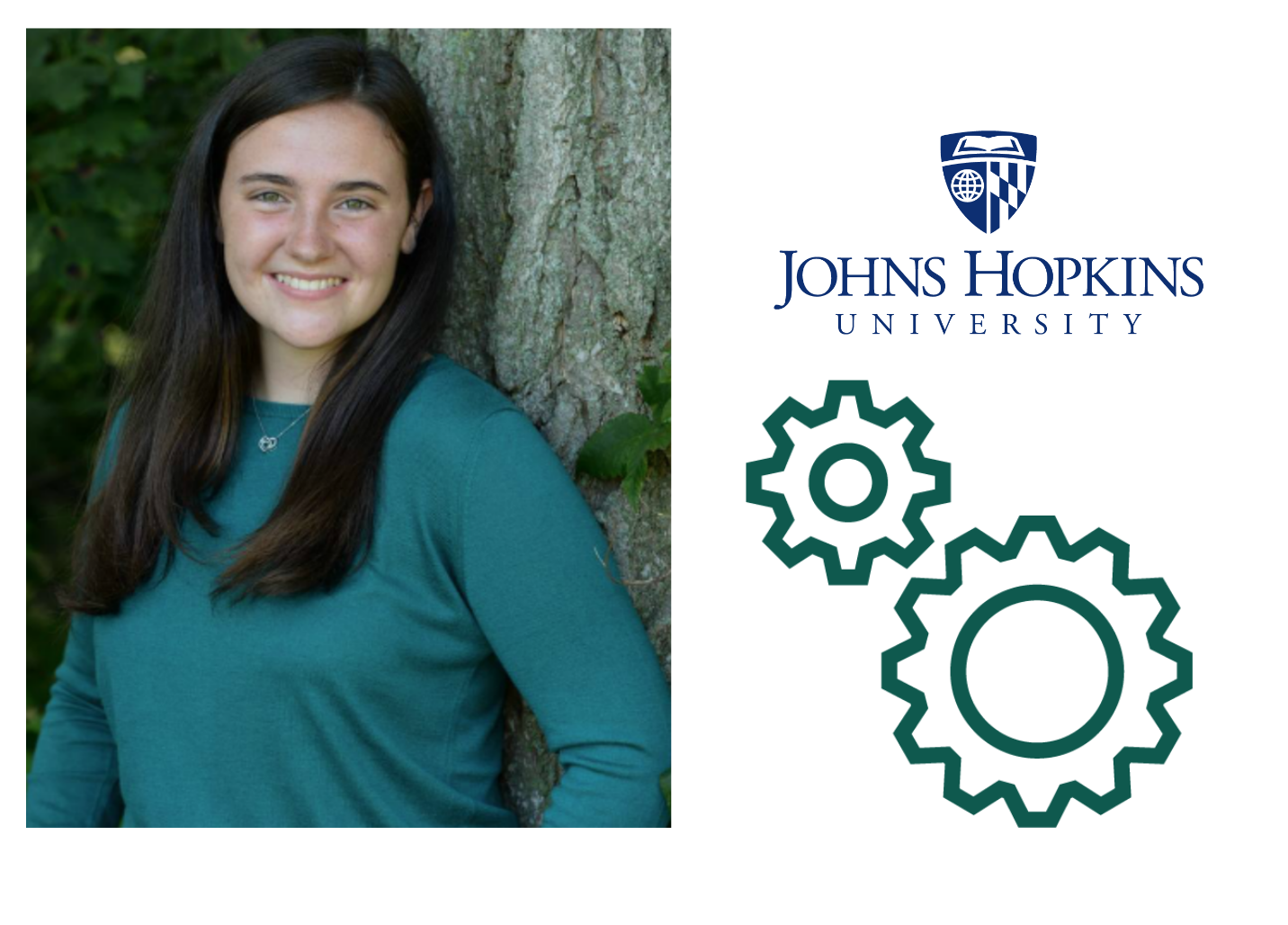
Ciara is eager to pursue her passion for engineering in college. She will be attending Johns Hopkins University in the fall. Ciara’s interest in engineering began her freshman year, after she shadowed at Redniss and Mead, a small civil engineering company in Stamford, Connecticut, through Sacred Heart’s Shadow Program. The Shadow Program at Sacred Heart offers rising sophomores, juniors, and seniors the opportunity to explore a field that interests them by shadowing a professional.
“I thought the experience at Redniss and Mead was so interesting, and I genuinely had fun every day,” Ciara said. “I thought that [it] was perfect to find a career that you are good at, interested in, and that you love to do.”
Pau will also be continuing her interest in engineering at Massachusetts Institute of Technology. She is enthusiastic about engineering and computers, specifically the technological uses and advances it will provide for the future. She first became interested in engineering the summer going into her junior year after she attended a math and science awards ceremony at Fairfield University. There, she listened to Mr. Usman Asif, Cement Roadstone Holding (CRH) Design and Manufacturing Integration Manager, at Sikorsky Aircraft Corporation discuss his field of work. Mr. Asif leads the combat rescue helicopter engineering team at Sikorsky.

“I was left completely in awe by his [Mr. Usman Asif’s] presentation and my interest was definitely piqued as he showed all the different machines they work on and design,” Pau said. “He explained how they constantly make changes to their fleets, adding new features to improve them. I was immediately drawn to this as it combined my favorite things: math, design, and problem-solving.”
In addition, Pau is fascinated with engineering’s impact on the future that combines multiple disciplines and innovations. Engineering and problem-solving have inspired her to be a part of the global and technological evolution.
“I saw that engineering has a direct impact on society, as it provides machines and solutions to groups of people like, in the case of Sikorsky, the military,” Pau said. “Helping to improve the lives of others is something that is and will remain very important to me as I pursue my studies.”
-Christine Guido, Staff Writer
Featured Image by Christine Guido ’20

